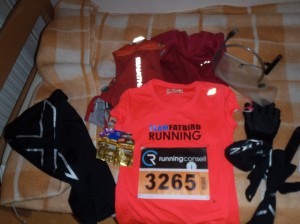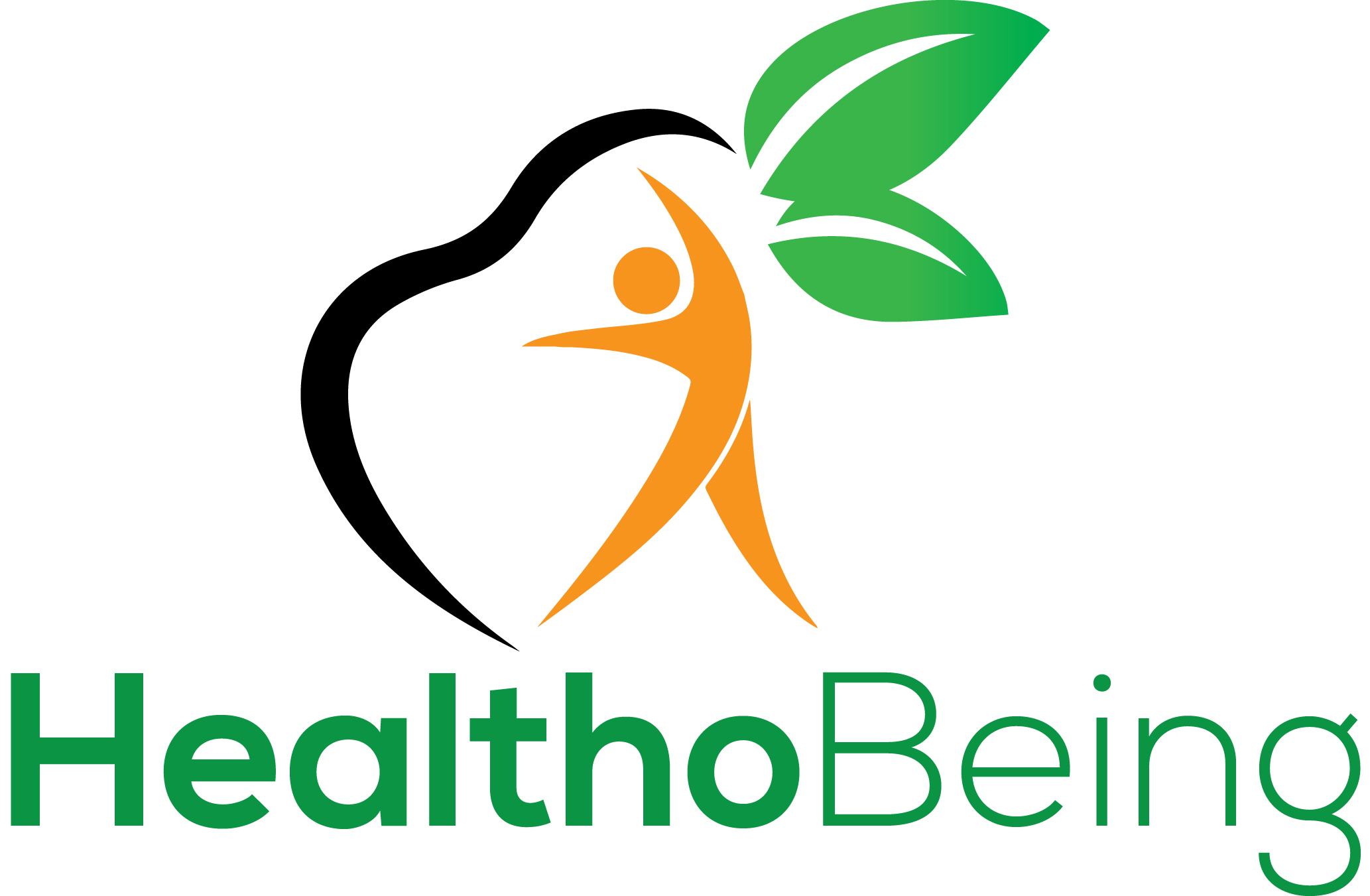The normal marathon will take from 3:30hr to 5hr,imagine on the roads for nearly a quater of the day. There are bound to be injuries and some unforseen circumstances.
Here are 10 of the most common symptoms and injury that one is likely to get during or after a marathon. We might not experience them while in the race but usually these kicks in after the race:
1. Blisters
Almost everyone will end the marathon with foot blisters. If you have put in your full training schedule, you will have been toughening your feet and building calluses. You will also have experimented with which combination of shoes, socks, drying agents, covering pads and lubricants work best for you. Blisters endanger your race when they occur in the early miles of the marathon and upset your usual gait for a longer period of time. It is best to stop at the first sign of a hot spot and cover the area with a gel bandage or moleskin pad. If a blister has already developed, you may want to sterilize the area, drain it, and then cover with the bandage or pad.
2. Black Toenails
A black toenail is caused by a blister or blood pooling under the nail. During the marathon, this is most often caused by the repeated trauma of your foot sliding forward in your shoe with each step. You can prevent black toenails by lacing your shoes to retain your heel in the heel cup and prevent your foot sliding forward in the shoe. Often, you only notice the black toenail after the marathon, rather than it hurting during the marathon. You will lose the toe nail, but it will grow back in 3 to 5 months depending on your recovery speed. The black toe nail can also be prevented with proper running posture and also wearing five finger socks might help.
3. Chafing
Chafing occurs where skin rubs against skin. Add salt from sweat and you have raw, painful areas. The chief areas that chafe are the underarms, nipples, under-breast area, groin and thighs. As you discover on your long training days which areas chafe, take measures to keep those areas dry with cornstarch, or lubricate them with petroleum jelly or roll-on silicone products. People who don’t wear bras should cover their nipples with bandaids to prevent nipple chafing. If your marathon is in a different climate than your training days, you may chafe in new areas. Most marathons provide petroleum jelly at water stops. Take advantage of it to generously lubricate the areas that are chafing. You can also apply some Vaseline Cream to prevent the chafting.
4. Runners Trots and Nausea
Stomach and bowel upsets are very common during the marathon. Use extreme care in what you eat and drink the 48 hours before the marathon. No spicy foods or alcohol. Do not eat anything unfamiliar. Limit your caffeine before the marathon to the minimum you simply must have. Do not overeat as the sheer volume of food still in your digestive system can be the problem. Avoid dairy products if you are lactose-intolerant. As far as possible stick to the usual energy gels or dried fruits, and sports drink that you used on your training walks and runs without ill effects. If you are prone to runners trots, try Imodium on your training days first to see if it helps. Know the locations of the porta-johns on the route. Recently, I have been cutting down on energy gels and switching to some dried fruits or candy jelly instead of artificial stuffs. This has proven to be quite effective for me and I felt more energised than having to rely on energy gels.
5. Dehydration
It is important to know how your body handles its needs for fluids by keeping track of it on your long training walk or run. Do not underestimate the aftermath of dehydration. It might even cause death! Weigh yourself before and after a long session. You should neither have lost or gained weight. One of the quick ways to check is the color of your urine. The darker or worse, blood stains contained, the more it means that you have to start hydrating!
Marathon fluid guidelines as of 2005 state that you should let thirst be your guide, unless your experience from weighing on training days shows it is not accurate for you. Signs of dehydration include dry mouth, fatigue, dizziness, stomach ache, back pain, headache, irritability and decreased urination. If you experience these, slow or stop and drink sports drink until you have recovered. It is unwise to continue the marathon once you have these symptoms.
6. Hyponatremia
7. Sunburn and Windburn
Wear a hat with a bill to protect your face and the top of your head. Apply sunscreen to every bit of exposed skin, especially your ears. Protect your lips with a sun-protecting lip balm. Marathoners will spend three to nine hours outdoors, at the mercy of the sun and wind. Slower runners and walkers may want to reapply sunscreen at the halfway mark. Don’t be afraid to beg some from the course volunteers, they probably brought some along for their own use even if the course doesn’t provide it. If you forgot the lip balm, use petroleum jelly at the water stops. For cooler, windy days I like to have a Buff neck gaiter to wear as a balaclava or scarf for extra wind protection. The neck scarf can also help you to shield the sun light when it gets too strong.
8. Muscle Cramps
Classic leg cramps can hit you during the marathon, especially if you experience dehydration and salt depletion. If a cramp strikes, stop and gently stretch and massage the cramped muscle. Drink sports drink to replace fluids and salt. But you may also experience strange cramps or muscle spasms in muscles anywhere in your body. This can happen from the strain of using the same posture and gait for several hours. Try to swing around after every ten km of run, just shake and wriggle your body twisting around also help. To prevent these, work on proper posture throughout your training walks and runs. During the marathon, think of your posture and relaxing your shoulders. Change up your stride and pace on uphills and downhills. Have fun waving at the crowds or dancing past any on-course bands.
9. Hitting the Wall
10. Sprains, Strains and Stress Fractures
In the crush of runners and walkers, or after long hours on the course, you may sprain an ankle, pull a muscle, or experience a stress fracture. Sharp, sudden, extreme pain that isn’t a muscle cramp signals you to stop and signal for assistance from the course volunteers. Sometimes things happens , this can be especially dangerous if you run on trails. Do ensure that you know what are the medical numbers to call , save it in your phone so in unexpected events you can make a call. I always keep my handphone in zip lock bags to ensure that my handphone is safe.
Do run safe and keep your family in mind when attempting a marathon. Always make sure that you have adequate training and preparation before a race. This will prevent injuries and also avoid disappointments.
Just some of the items that I usually bring along for a marathon.
-Hydration ( esp for the less subscribed races, sometimes they do not have water points)
-Compression calf socks
-Fuel ( going to replace them with dried fruits)
-My heart rate monitor and GPS ( make sure they are charged)
Bring along a change of clothes if you are going to change up at the race area.

